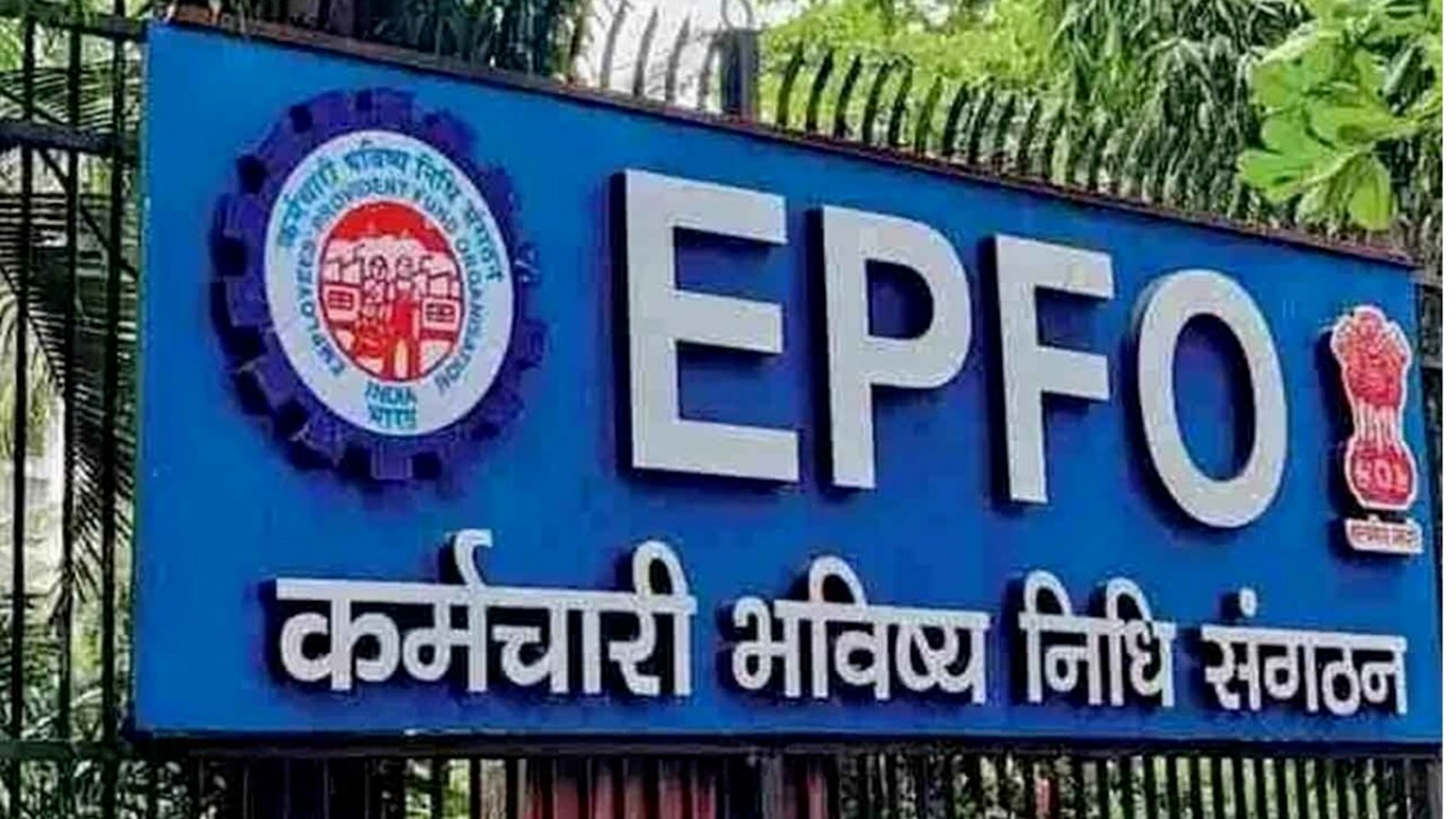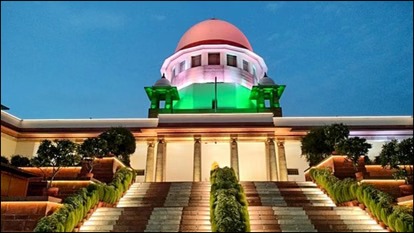@JUDGMENTTAG-ORDER
R. Basant, J.@mdashThe petitioner has come to this Court claiming to be aggrieved by an order passed u/s 125 Cr.P.C. by the claimant - allegedly his wife. The petitioner denied the marriage. He admitted that the two were living together under the same roof for some period of time; but, according to him, there was no marriage as alleged by the claimant on 6/5/95. According to the petitioner, the claimant was brought to his house as a house maid only for the purpose of looking after the two children born to him in an earlier marriage, the mother of the children having admittedly expired prior to 6/5/95 - the date of the alleged marriage. Thus, their having lived together under the same roof was admitted; but a contention was raised that they shared the same roof not as husband and wife but as employer and house maid.
2. Parties went to trial on these contentions. The claimant/wife examined herself as P.W.1 and a witness as P.W.2 to prove the said marriage dated 6/5/95. The claimant proved Exts.A1 to A13. Ext.A1 is a marriage agreement which the spouses allegedly executed. Exts.A2 to A12 are letters which were written by the petitioner and others to the claimant/wife during the matrimony. Ext.P13 is the acknowledge for one of those letters.
3. The learned Judge of the Family Court, on an anxious consideration of all the relevant inputs, came to the conclusion that it was absolutely safe to place reliance on the oral evidence of P.Ws.1 and 2 about the alleged marriage that took place on 6/5/95. The court considered the evidence of the petitioner as CPW.1 and a witness examined by him as CPW.2 in support of their assertion that there was no relationship as husband and wife and that the relationship was one of employer and maid servant only.
4. The court, in particular, considered Exts.A1 to A12. The court took note of the absence of a satisfactory explanation for the admitted execution of Ext.A1. The court further took note of Exts.A2 to A12 letters. In some of those letters, the petitioner had described the claimant as his wife and himself as the loving husband of the claimant. The learned Judge of the Family Court, in these circumstances, came to the safe conclusion that the parties were only man and woman i.e., husband and wife and not merely employer and maid servant.
5. The learned Counsel for the petitioner has advanced his arguments. There is no representation for the respondent. The learned Counsel for the petitioner contends that a legal marriage, in accordance with law, has not been proved at all. The learned Counsel denies the alleged marriage which had taken place on 6/5/95 and repeats the contention that the parties were only employer and house maid. Less said about this contention, the better. Exts.A1 to A13, read along with the oral evidence of P.Ws.1 and 2 and the improbable and artificial explanations offered by CPWs.1 and 2, clearly and unambiguously show that the court below was absolutely justified in coming to the conclusion that the relationship between the petitioner and the claimant was not that of employer and house maid; but only that of husband and wife.
6. The learned Counsel then contends that even admittedly the petitioner was a Nadar Christian man; where as the claimant was a Nadar Hindu woman. It is contended that better and more satisfactory evidence of a legal marriage between them must have been adduced. I find no merit in this contention at all. In proceedings u/s 125 Cr.P.C. a criminal court is incidentally called upon to decide whether there is a valid marriage. Subtle nuances of the proof of a valid marriage need not gone into. It is by now trite that the evidence of cohabitation as husband and wife and the evidence that the spouses held themselves out to the whole world as husband and wife is sufficient in proceedings u/s 125 Cr.P.C. to come to a conclusion about a valid marriage. I am absolutely satisfied that notwithstanding the dispute about the different communities to which P.W.1 and CPW.1 belonged, there is sufficient and satisfactory evidence to come to a safe conclusion about the existence of a marital tie between P.W.1 and CPW.1. The conclusion of the court below on that aspect appears to be absolutely justified.
7. It is by now trite that a criminal court in proceedings u/s 125 Cr.P.C. is not called upon to make authentic and final judgments on the disputed question of status between the parties. The degree of evidence required to prove a valid marriage for the purpose of Section 125 Cr.P.C. is much lesser and qualitatively different from that in a proceedings in which a declaration of status is sought or in proceedings for bigamy etc., are initiated before the criminal courts. Even the evidence of individuals that they saw the spouses living together as husband and wife is sufficient in proceedings u/s 125 Cr.P.C. to attract the monetary liability u/s 125 Cr.P.C. The accent in an enquiry u/s 125 Cr.P.C. is to avoid vagrancy and not give final and authentic pronouncements on the disputed question of status between the parties. So reckoned, I come to the conclusion that the finding of the learned Judge of the Family Court that the petitioner and the claimant were spouses legally married for the purpose of Section 125 Cr.P.C. is absolutely justified. The same does not warrant any interference at all.
8. Maintenance has been awarded only at the rate of Rs. 300/- per mensem. There is no representation for the respondent. The respondent has not preferred any revision challenging the quantum of maintenance awarded. I need only mention that, in the absence of any challenge against the quantum of maintenance awarded, I am not going into that question in any greater detail. I only like to state that, at any rate, the quantum of maintenance must be reckoned as fixed as per the state of affairs that prevailed in 1996 when the claim was filed. Subsequent enhancement can be claimed by the respondent on the assumption that the maintenance awarded is on the basis of the state of events that prevailed on 15/2/96 - the date of the petition.
9. With the above observations, this RP(FC) is dismissed.

